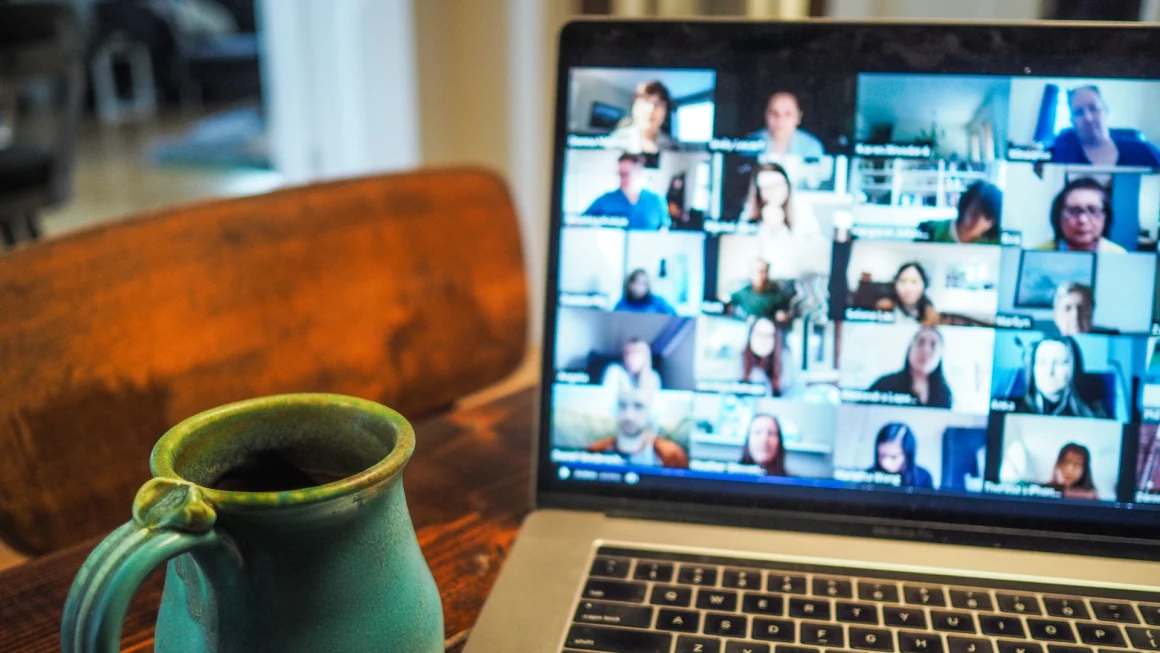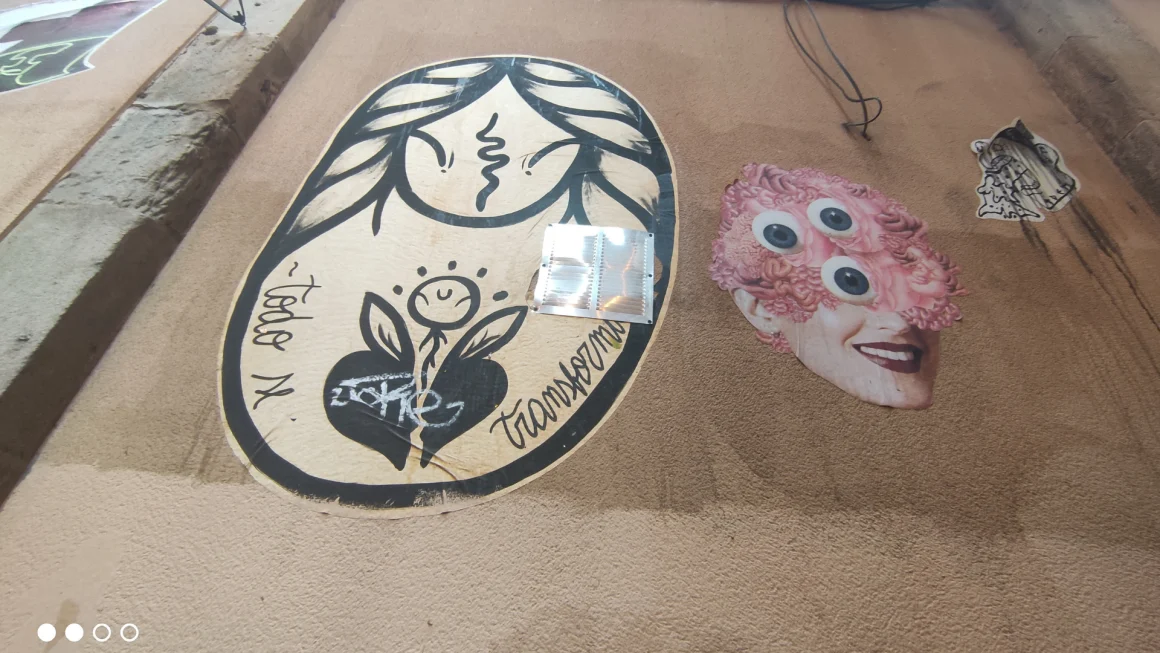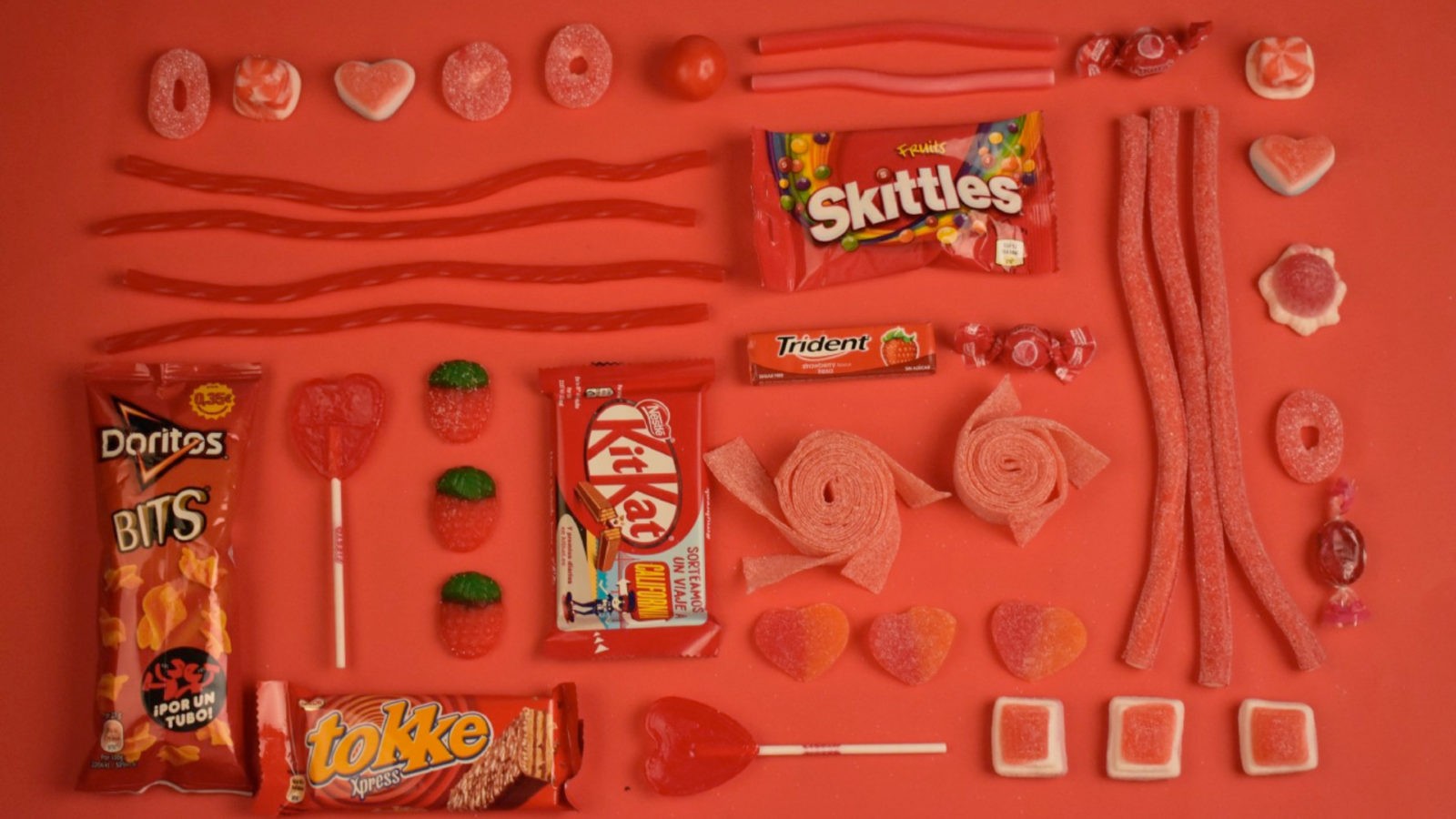As the usual in strategic approaches, I will start my point with why this article. I’ve worked with Communication since 2008 and with Trends Research since 2014, and during this journey the challenge has been how to merge these two together. In this sense, what I did was to apply a framework from Trends Research and in Branding, aiming to better understand the brand’s targets and how to innovate towards them.
But before I get into the nitty gritty about my humble experimental methodological approach, I would like to reinforce a request I have been making to my colleagues — especially in Trends’ field: let’s be open and share tangible things that could potentially help others.
I had a few opportunities to participate in international conferences approaching both fields, and, besides getting truly inspired, I missed something I (naively) thought was simple: to have real and open talks. I miss sharing successes, honest failures, and daily small innovations without being afraid of people stealing ideas. Yes, I know… We have to be smart and careful, but we must also find space for these discussions and take some risks on the way. Otherwise, our research field will get stuck, and consistent development will not come now or in any possible future.
Ok, now that my heart is open, let’s go to the mind!
Just to make things easier, this article will be organized in 3 sections:
1 — Methodology
2 — Application and Analysis
3 — Case: Food Industry
1 — Methodology
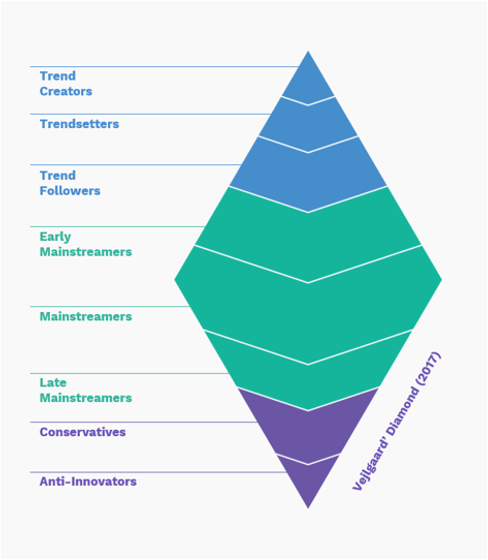
My approach started with a famous scheme in Trends Research and in social diffusion studies: The Diamond-Shaped Trend Model (Vejlgaard, 2008, p. 64). Even though I strongly recommend reading his research, I will (veeeery) briefly explain what it means.
The diamond represents the whole society, and each stratification (horizontal divisions) indicates groups of people according to its behavior towards innovation.
Right on the top you find Trend Creators and Trendsetters, who are the coolest, trendiest, most modern, most disruptive, and most influencial people. The majority of the population stays in the middle and we call them (Early/Late) Mainstreamers. These people adopt an innovation later on, when it is not so fresh anymore. It will, however, have become more accessible and popular by that time. And at the bottom, you find the less innovative people or even the guys who really reject this type of innovation — Conservatives and Anti-innovators. I confess that I, as trend researcher, should be focusing more on the people at the top, but I find these lazy guys very intriguing — I believe counter movements are born here!
3 things you should have in mind:
– With time, all innovations go from the top to below. The more people adopt and buy an innovation, the more it will lose its freshness, coolness, exclusiveness and, of course, its value on the market.
– When we say “towards innovation” it means in any context. In my case, I related to innovations in the Food Industry. However, if we were talking about smartphones for example, the guys at the bottom would be the ones using 2000s Nokia mobile phones with small screens and buttons.
– People at the top are curious, are willing to take risks, are more exposed to creative references, are usually cosmopolitans, love to try new things and — that is the main point — very frequently CAN AFFORD to do so. This social approach is very important, and it has been debated by Vejlgaard (2008, p. 164–165) and other authors. On the one hand, if you have better economic conditions, it will be easier for you to take risks and buy weird stuff. But, fortunately, on the other hand, creative and vanguard people are born ANYWHERE! So, when coolhunting, also look at poor areas, alternative landscapes, and tribes of all social levels to find hidden gems.
- Don’t think you (or your target) could totally fit somewhere in this diamond. We change positions according to each context in our lives. To illustrate, my personal experience shows me that I am really innovative and influential relating to culture, but very conservative with technology.
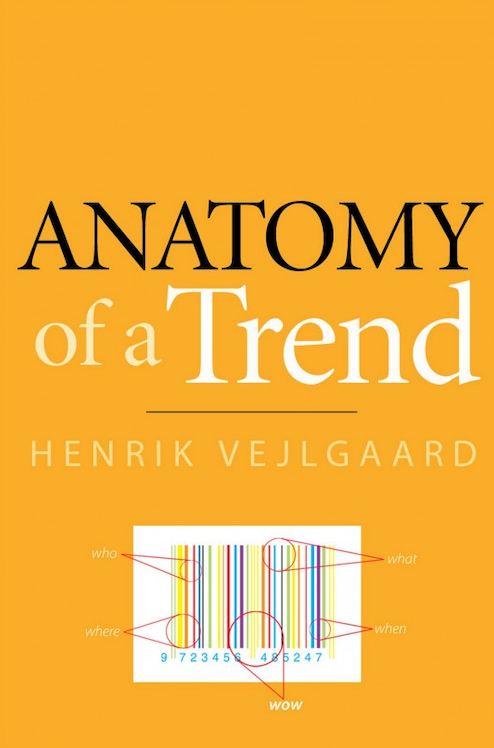
2 — Application and Analysis
Application: 1st — Positioned each target in a stratification, according to the amount of innovative habits in their lifestyle. For example, in my project’s context, some people would spend time and money on weekends to go to small farms to buy organic vegetables. Others would fill up the freezer with processed food to help their busy routines packed in small houses. In this sense, the first example would be in a higher position in the Diamond than the last one.
2nd — Highlight the section where most of the sales come from. Evaluate which group buys more. This will show your situation right now, and how the business’ income is organized.
3rd — Distinguish between regular and new targets. This will help you determine (1) what new necessities your brand will have to cater to, and (2) to what new contexts your brand will have to expand to be part of these new targets’ lives.
Analysis:
I believe if you try to do this exercise, you will interpret it differently (which is beautiful, by the way). But for now, I will illustrate some possible ways to “read” your Diamond, with examples:
– In case your targets are too concentrated in a particular part of the Diamond:
If your regular targets are concentrated around the top of the diamond, it means you will sell fewer products for a higher value. If your targets are positioned around the middle, you probably sell a larger volume of products at lower prices.
Problems and solutions:
If the way you sell is not matching the way in which your targets buy, you should define a new strategy to balance it. This could mean, for example, focusing on more or less innovative people, according to your objective.
In case your business is not making too much money, you could find out that your product is too expensive for the majority of people who buy it, or too cheap to make any profit out of it. If the problem is not in the business structure itself, it might be the case that people are not seeing the product’s value, or your brand isn’t capturing the real value of it.
– In case you want to change your positioning in the market:
Becoming more mainstream (focus on the middle): making your brand more accessible means communicating with a larger group of people, who are more influenced by hypes and are used to less differentiated products. This could help you sell more (in terms of volume), and gain brand awareness (larger coverage).
Becoming more modern and more exclusive (focus on the top): positioning your brand closer to the top means delivering more innovative products, sharing trendy content, investing in special limited editions, and being more daring with design and other material features. This will result in a perception of your brand as being of premium quality and, consequently, worth investing more money into. The good news being that these targets are both able and willing to pay more.
Becoming less conservative (leave the bottom): First, just a remark: being an old brand is not necessarily a bad thing, ok? Tradition can be an indicator of reliance. However, be careful and don’t become complacent! If the market is launching new and better solutions, your business will be obsolete and only the conservative groups will keep buying from you. The problem is that these people are few, and they don’t like to spend money or invest in new products because they are afraid of change. Ah, and they are too loyal to be “stolen” from other competitors. So, with time, you will sell less products to less people for less money. You should go up in the Diamond by investing in research, talking to people, changing approaches, taking risks, prototyping, and listening to what the new generations are asking for. (In case you need help, contact me :D)
3 — Case: Food Industry
To conclude, I will share some findings from my case. The project consisted of a rebranding of an international mass market brand in the food industry. We were dealing with a very traditional, transversal, and beloved brand. The challenge was to fight commoditization and to get ready for the future generations with a new purpose.
The biggest insights from this exercise came after we understood why we would have to pay more attention to new generations and future necessities of humanity. When we filled in the Diamond with the targets, it was clear that the groups who represented the future of food were not buying this brand yet. That meant the sales were going to fall if the brand didn’t become relevant to these groups.
And what were these new targets asking for? What were their main struggles with the food industry? Which necessities weren’t fulfilled yet — and how to transform them into opportunities for the brand? These were the main dynamics that were changing, and which requested deeper strategic changes in the company to cope with them:
Rationalization: people are more aware of the bad impacts of the food industry on our body, society, culture, economy and, of course, the planet.
Information + demand + engagement: consumers are learning more, demanding more, and, consequently, more critic towards brands in this sector. On the other hand, people are also willing to help and are actively engaging more and more with actions that have positive impacts.
Transparency and humanity: people admire honest dialogues with brands that know what they do well, what they do badly, and what they can do to make it better. So, listen to TrendWatching (Green Pressure, 5 Trends for 2020):
“Consumers won’t expect you to be perfect. No one can eradicate the damaging impacts of consumerism overnight. But in 2020 they’ll look for clear signs that you understand a new world of GREEN PRESSURE, and that you’re taking the first steps in a long and necessary journey towards change.”
DIY: our relationship with food has become deeper and more individualized. People care about the whole production process because it reflects the quality of what they eat. The strong connection Millennials have with plants and home farming is an example of it. After all, pets are the new kids, and plants are the new pets.
Living in the city: the appropriation of the city by the citizens is also present in the relation with Food Industry. People are demanding public spaces for urban farming, are supporting local producers, and are coming up with creative solutions to a more inclusive and equal system.
Spiritual Nature: Taking care of the body is now seen as one step in the direction of spiritual evolution. Food means reconnection with nature as the biggest source of life. The mindfulness toward food is seen as a process of disconnection (from technology) — connection (with nature) — reconnection (with the true self).
References:
Vejlgaard, H. (2008). Anatomy of a Trend. New York, NY: McGraw-Hill.
Rogers, E. M. (1983). Diffusion of innovations (3ª ed.). Nova Iorque, NY: The Free Press.


